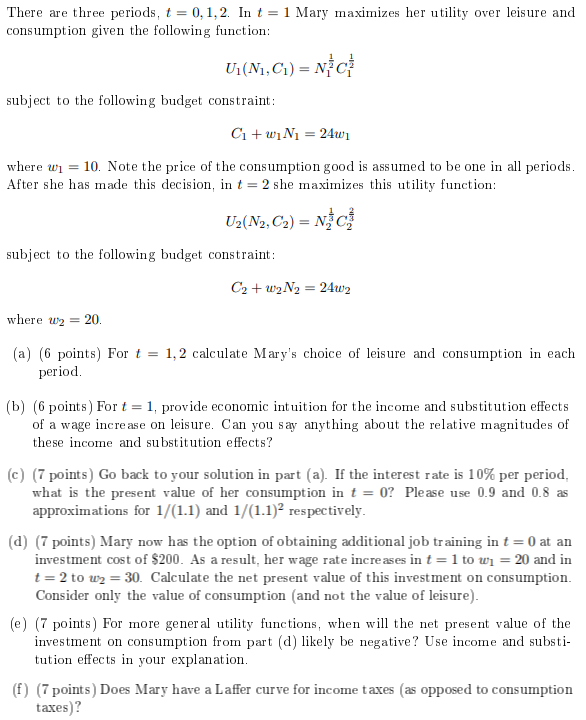
Some microeconomic questions have been given below, provide answers for these
(30 points) Consider an expected profit maximizing monopolist who faces an uncertain demand. He supplies q units of goods at zero cost and sells it at price e - q, where e is unknown. [The price and the supply level can be negative.] (a) Assuming that # ~ N (y. o'), compute the monopolist's optimal supply q and his expected profit under the optimal supply. (b) Suppose that, through market research, the monopolist can learn about 0. In particular, by investing c', he can learn the value of a random variable Y before choosing his supply q, such that 0 = X + Y, X ~ N (0, 1 - c) and Y ~ N (0, c). How much should the monopolist invest? [Note that the utility function of the monopolist is (0 - q) q - c2.] 3. (40 Minutes - 20 Points) Harvard and MIT are both considering whether to admit a particular student to their economics Ph.D. programs. Assume that MIT has read the student's application carefully and knows the quality q of the student. Assume that Harvard faculty members are too busy to read applications carefully. Instead they must base their decisions on their prior about the student's ability. Harvard's prior is that q may be 1, 2 or 3 and that each of these values is equally likely. Assume that each school must make one of two decisions on the student: admit with financial aid or reject (the student has no source of support and could not attend graduate school without financial aid). The schools make these decisions simultaneously. Assume that each school's payoff in the game is 0 if they do not offer the student admission, -1 if the student is offered admission and turns them down (this is costly both because the school loses prestige and because the slot could have been given to another student), and q - 1.5 if the student is offered admission and decides to come. Assume that if the student is admitted to both schools she chooses to come to MIT with probability 0.65 and to go to Harvard with probability 0.35. In the following questions treat this as a two player game between Harvard (player 1) and MIT (player 2). (a) What type spaces Oj and Oz would you use to represent this situation as a static game of incomplete information? How many elements are in each set? Write down the val- ues of the utility functions w, (a1, 02; 61, 02) for a couple values of i, a1, a2, 01, 02 to illustrate how to compute them. How many pure Bayesian strategies does each player have? (b) What actions are strictly (conditionally) dominated for each possible type of each player? (c) Find the Bayesian Nash equilibrium of this game. (d) Would Harvard be any better off if it could observe MIT's admission decision before making its decision?\fThere are three periods, t = 0, 1,2. In t = 1 Mary maximizes her utility over leisure and consumption given the following function: UI(M, CI) = NICE subject to the following budget constraint: Ci + wiN = 24w1 where wi = 10. Note the price of the consumption good is assumed to be one in all periods. After she has made this decision, in t = 2 she maximizes this utility function: U2(N2, C2) = Nici subject to the following budget constraint: C2 + w2 N2 = 24w2 where w2 = 20. (a) (6 points) For t = 1, 2 calculate Mary's choice of leisure and consumption in each period. (b) (6 points ) For t = 1, provide economic intuition for the income and substitution effects of a wage increase on leisure. Can you say anything about the relative magnitudes of these income and substitution effects? (c) (7 points) Go back to your solution in part (a). If the interest rate is 10% per period, what is the present value of her consumption in t = 0? Please use 0.9 and 0.8 as approximations for 1/(1.1) and 1/(1.1) respectively. (d) (7 points) Mary now has the option of obtaining additional job training in t = 0 at an investment cost of $200. As a result, her wage rate increases in t = 1 to wj = 20 and in t = 2 to w2 = 30. Calculate the net present value of this investment on consumption. Consider only the value of consumption (and not the value of leisure). (e) (7 points ) For more general utility functions, when will the net present value of the investment on consumption from part (d) likely be negative? Use income and substi tution effects in your explanation. (f) (7 points) Does Mary have a Laffer curve for income taxes (as opposed to consumption taxes)










